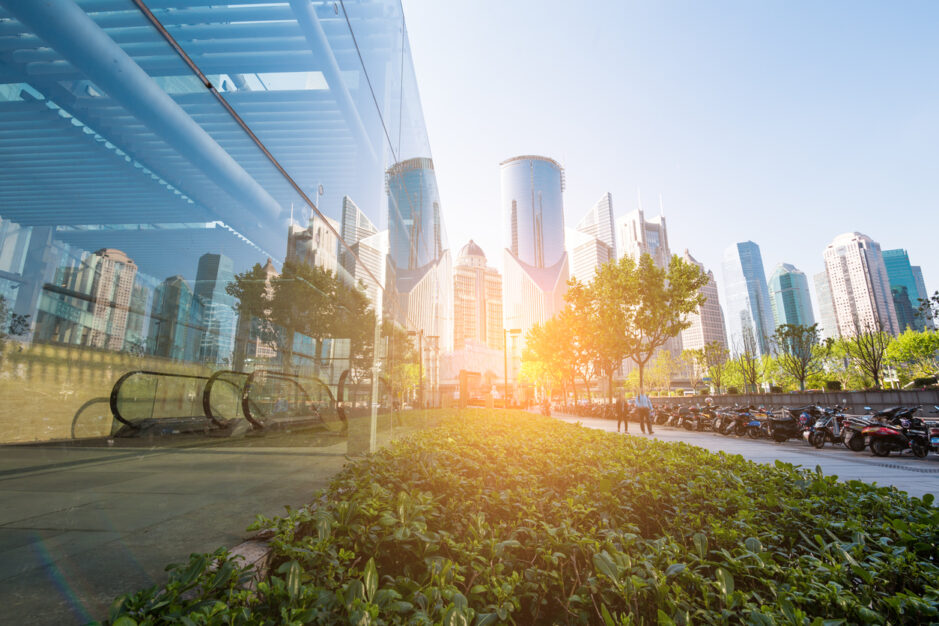Industrial Real Estate Competes Better With Sustainability Tech
CREtech Blog

Industry and manufacturing generates around one-fifth of the United States’ greenhouse gas emissions. Not only do sustainable practices help reduce the sector’s carbon footprint, but they can cut industrial properties’ operating costs. Add increased consumer interest in sustainability, and these factors drive the increasing interest in sustainable measures for the industrial real estate sector. Building equipped with sustainable technology have a competitive advantage in the marketplace.
Why do brands want sustainable industrial real estate?
At the most basic level, local legislation requires certain sustainable measures in their buildings. Drought-prone California is an example. Its Title 24 energy-efficiency standards require industrial real estate, and others, to meet water efficiency benchmarks. Naturally, buildings outfitted to meet these standards are more desirable than real estate requiring a retrofit.
Some of these tech solution help reduce energy consumption, and conversely, its cost. Energy represents a significant cost of an industrial facility, particularly a manufacturing business. Reducing energy waste maximizes performance costs. In one study, implementing energy-saving practices and technology generated a 12 percent average savings with 15 months of adoption.
Another reason? Consumers increasingly care about sourcing products from fiscally and environmentally responsible companies. Prologis has found that its sustainable industrial assets attract top customers, especially if they are LEED-certified buildings. Another standard is ISO 50001, a global energy efficiency standard which provides a certification framework for industrial and commercial facilities.
Not only do these spaces make their tenants and owners feel better about the environmental impact of their brand, but they deliver better building experiences for the employees. Customizable and automated environmental controls, increased natural lighting, and improved air quality improve the stark image associated with industrial spaces.
What do industrial tenants and owners want?
The process begins with high-quality construction. As the number of severe weather incidents increases, properties that can resist or mitigate natural disaster damage are attractive to investors. Resilience is a critical part of risk management and responsible building practices.
Energy-efficient technologies are the next critical component. These systems encompass advanced rooftop HVAC units using the latest in weather monitoring to maximize system efficiency, installing solar panels and generators, and using interior sensor networks to automate internal conditions. The Urban Land Institute mentions more buildings are using microgrids, which use a local energy source and a network of electricity users.
Installing a network of monitors to measure the building’s carbon footprint helps companies find ways to maximize their savings and energy efficiencies. After all, you can’t reduce what you’re not measuring. Local governments across the nation are modifying building performance targets through legislation. Monitoring systems help meet the required targets.
Landscaping helps sell industrial real estate, but it’s a crucial area for reducing consumption. Real estate that deploys smart irrigation technologies and low-flow fixtures help ease water use.
The Primary Benefit of Sustainable Tech
What it boils down to is competitiveness. A report by Deloitte concluded sustainability initiatives add a competitive advantage for CRE. “We believe technology will be both a competitive differentiator and a key enabler to achieve deep energy efficiencies,” stated the report.
Consumers want sustainability in their daily lives. Finding ways to reduce environmental impacts and operating costs through sustainability is attractive to the consumer, the tenant, and the property owner.
